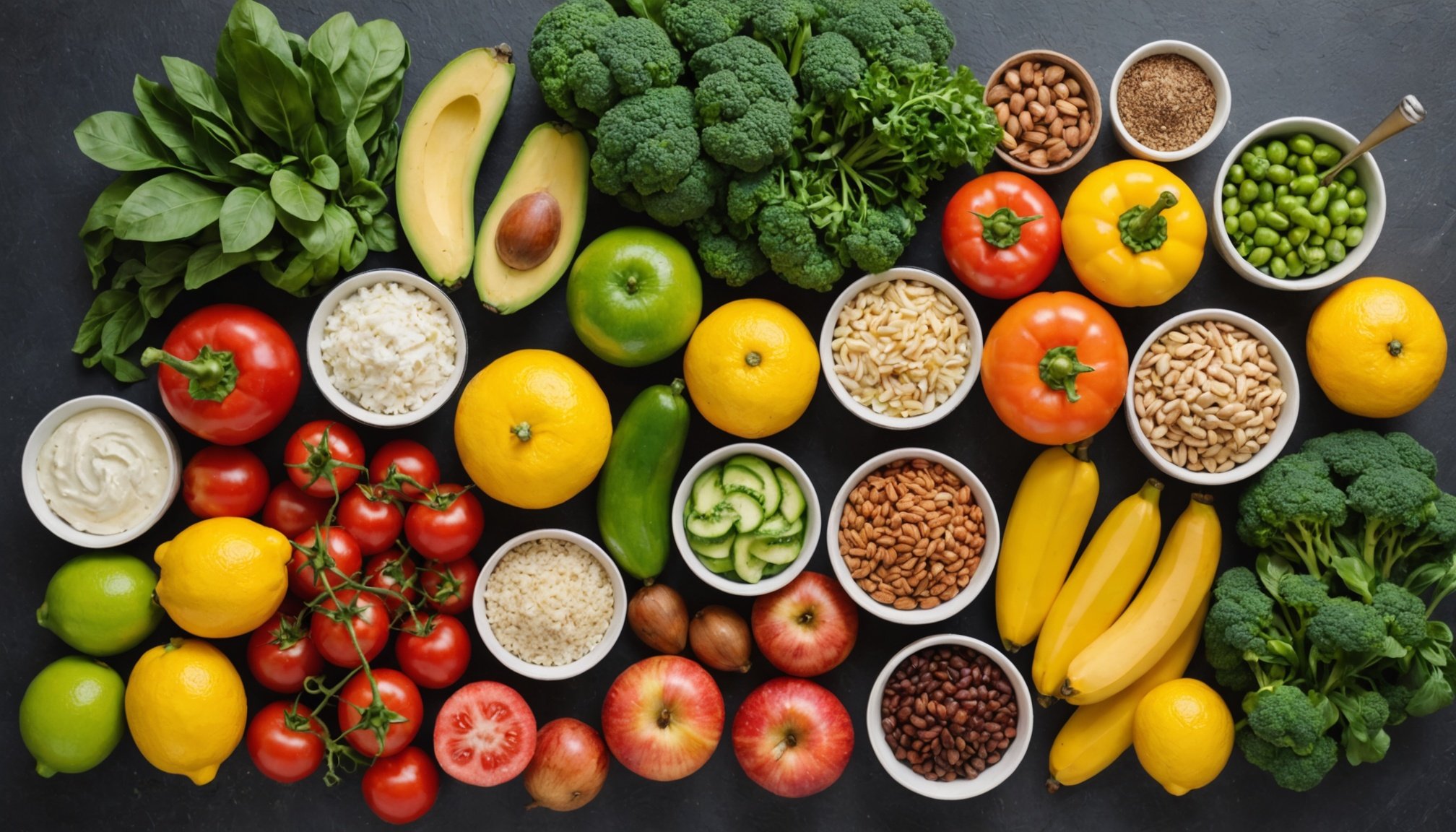The quest for a slimmer physique is a journey many embark on, yet the path is often laden with misleading diets and temporary fixes. In recent years, the focus has shifted towards sustainable and holistic approaches, specifically the integration of whole foods into our daily meals. Whole foods are not just a health trend; they represent a return to natural nutrition, offering a beacon of hope in a world saturated with processed options. This article delves into how whole foods can support your weight loss goals while promoting a healthy lifestyle.
The Foundation of Whole Foods
Whole foods, unprocessed and unrefined, stand as the cornerstone of a balanced diet. These foods, including fruits, vegetables, whole grains, nuts, and seeds, retain their natural nutrients, offering a rich source of vitamins, minerals, and fiber.
Topic to read : What are some effective home workouts that can help you stay active and slim?
Understanding Whole Foods
Embracing whole foods involves selecting items that remain close to their natural form. Unlike processed counterparts, whole foods have not been stripped of their nutritional benefits. When you incorporate these foods into your diet, you provide your body with essential nutrients that are often lacking in processed foods.
Additional reading : Top Supplements to Boost Joint Health for Seniors in the UK: A Comprehensive Guide
Why Whole Foods Matter
A diet based on whole foods aids in weight management and improves overall health. By consuming whole foods, you reduce your intake of added sugars, unhealthy fats, and preservatives, which can contribute to weight gain. Moreover, whole foods are often lower in calories but high in satiety, making them a perfect ally for those striving for slimness.
Nutritional Benefits
Whole foods offer an array of nutrients, including dietary fiber, which aids digestion and promotes a feeling of fullness. The presence of antioxidants in fruits and vegetables helps combat oxidative stress, supporting a healthier you. Moreover, the integrity of these nutrients is maintained, ensuring that your body receives optimum nourishment.
The Role of Plant-Based Diets
Adopting a plant-based diet doesn’t mean eliminating all animal products but rather emphasizing plant foods as the bulk of your meals. This approach can significantly impact weight loss and overall health.
Emphasizing Plant Nutrition
A plant-based diet focuses on foods derived from plants, including fruits, vegetables, nuts, seeds, oils, whole grains, legumes, and beans. These foods are naturally low in fat and calories, making them a perfect match for those aiming to reduce their waistline.
Protein Power in Plants
Contrary to popular belief, plant-based diets can offer adequate protein levels. Foods such as lentils, chickpeas, quinoa, and tofu provide protein that supports muscle growth and repair. By incorporating these into your meals, you maintain a balanced diet while working towards weight loss.
Health Benefits Beyond Weight Loss
Embracing a plant-based diet does more than aid in slimming down. It can reduce the risk of chronic diseases such as heart disease, diabetes, and certain cancers. The high fiber content promotes digestion and ensures you feel satisfied without consuming excessive calories.
Calorie Management Through Whole Foods
Managing calorie intake is crucial for weight loss, and whole foods offer a natural way to achieve this without sacrificing nutrition.
Understanding Caloric Density
Whole foods generally have a lower caloric density compared to processed foods. This means you can eat more substantial portions without consuming excess calories. By choosing nutrient-dense foods, you naturally reduce your caloric intake while nourishing your body.
Satiety and Satisfaction
The high fiber content in whole foods increases satiety, which means you feel fuller for longer. This reduces the likelihood of overeating and helps control hunger, making it easier to stick to a healthy eating plan. Whole grains, such as brown rice and oats, are excellent examples of satisfying foods that aid in weight management.
Smart Eating Strategies
Incorporating whole foods into your diet isn’t about restriction but making informed choices. Focus on portion control, mindful eating, and balancing meals with a variety of whole foods. This strategy allows you to enjoy a diverse range of tastes and textures while staying on track with your weight loss goals.
Creating a Balanced Whole Foods Diet
Building a diet rich in whole foods requires planning and a commitment to healthier eating habits. It’s about striking a balance that fuels your body and fits your lifestyle.
Meal Planning for Success
Begin by planning meals around whole foods. This approach ensures that your plate is filled with a variety of nutrients. Incorporate a mix of colors and textures to keep meals interesting and flavorful. Whole grains, lean proteins, and a rainbow of fruits and vegetables should form the basis of your diet.
Incorporating Variety
Variety is the spice of life, and this holds true for your diet. Experiment with different whole foods to discover new tastes and preferences. Seasonal fruits and vegetables not only offer fresh flavors but also ensure you get a range of nutrients throughout the year.
Mindful Eating Practices
Adopt mindful eating techniques to enhance your relationship with food. Take time to savor each bite and listen to your body’s hunger cues. This practice helps prevent overeating and fosters an appreciation for whole foods.
Conclusion
In today’s fast-paced world, returning to a diet enriched with whole foods might seem like a challenge, but the benefits are profound. Whole foods offer a sustainable path to achieving a slimmer physique while promoting overall health. By embracing these natural foods, you not only enhance your well-being but also embark on a journey toward a healthier, more fulfilling lifestyle. Remember, it’s not just about losing weight; it’s about gaining health.











